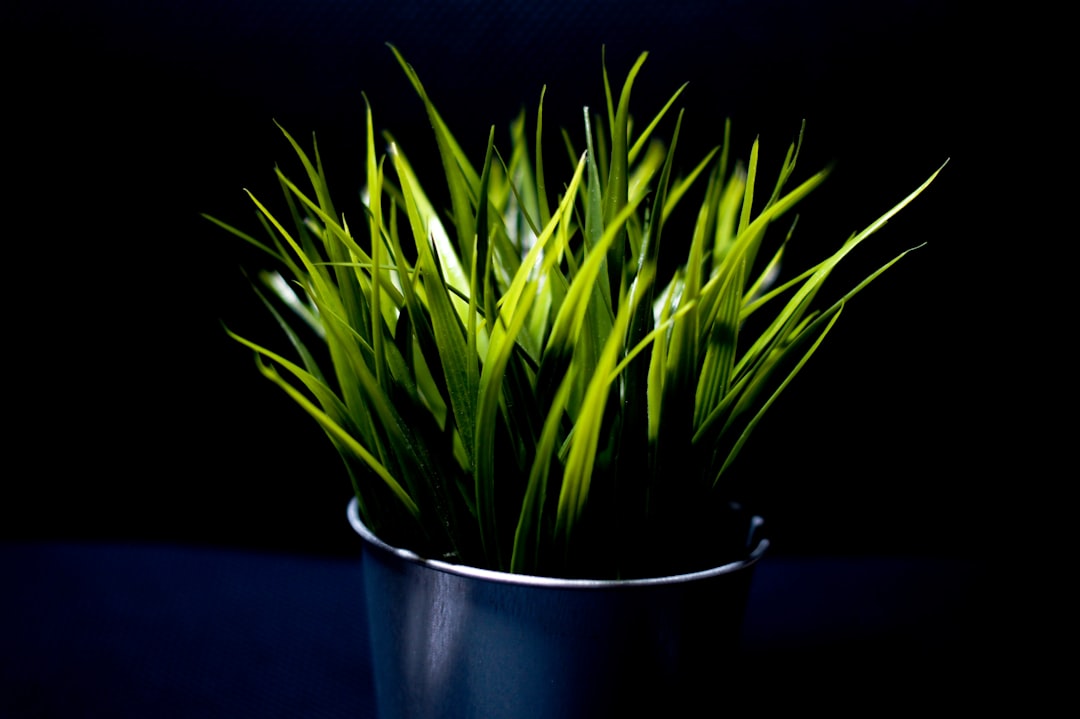Transform Your Outdoor Space with Edible Landscaping

Edible gardening is not just about growing vegetables for the dinner table; it's a creative and rewarding way to enhance the beauty of your outdoor space while also providing delicious produce. In this article, we'll explore some simple yet effective edible landscaping ideas that can transform your yard into a vibrant and productive oasis.
One of the first steps in edible landscaping is to choose the right plants. When selecting vegetables and fruits, consider not only their taste but also their aesthetic appeal. For example, colorful varieties of lettuce, such as red leaf lettuce, can add a pop of color to your garden beds. Similarly, the bright orange of carrots and the deep purple of eggplants can create a visually stunning display.
Another important aspect is the layout of your garden. Instead of traditional rows of vegetables, try creating raised beds or using containers to add dimension and interest. You can also incorporate edible plants into existing flower beds or use them to line walkways. This not only makes your garden more visually appealing but also maximizes the use of space.
Herbs are another great addition to an edible landscape. They are easy to grow, require minimal maintenance, and can be used in a variety of culinary dishes. Some popular herbs for edible landscaping include basil, thyme, rosemary, and mint. You can plant them in small containers or intersperse them among other plants in your garden.
Fruit trees are a long - term investment in your edible landscape. They not only provide delicious fruit but also add shade and beauty to your yard. When choosing fruit trees, consider the climate in your area and the amount of space you have. Apples, peaches, and cherries are popular choices, but there are also many dwarf varieties available that are suitable for smaller yards.
Vertical gardening is a space - saving technique that is perfect for edible landscaping. You can use trellises, fences, or walls to grow climbing vegetables such as cucumbers, beans, and tomatoes. This not only saves space but also creates a unique and eye - catching feature in your garden.
Companion planting is an age - old practice that can benefit your edible landscape in many ways. By planting certain plants together, you can improve soil fertility, deter pests, and increase yields. For example, planting marigolds near tomatoes can help repel nematodes, while planting onions near carrots can improve the flavor of the carrots.
Water management is crucial in an edible garden. Installing a drip irrigation system can ensure that your plants receive the right amount of water without wasting it. You can also collect rainwater in barrels and use it to water your garden, which is not only environmentally friendly but also cost - effective.
Finally, don't forget to add some decorative elements to your edible landscape. Statues, bird baths, and wind chimes can add a touch of personality and charm to your garden. You can also create seating areas where you can relax and enjoy the fruits of your labor.
In conclusion, edible landscaping is a wonderful way to combine beauty and functionality in your outdoor space. By following these simple ideas, you can create a garden that is not only productive but also a joy to behold. So, roll up your sleeves, get your hands dirty, and start transforming your yard into an edible paradise today!